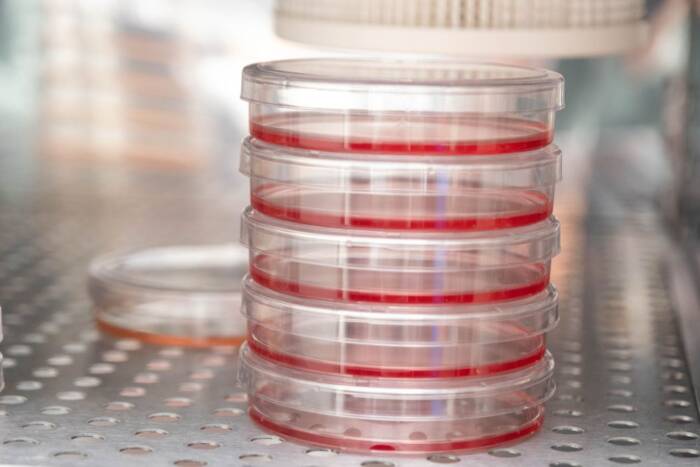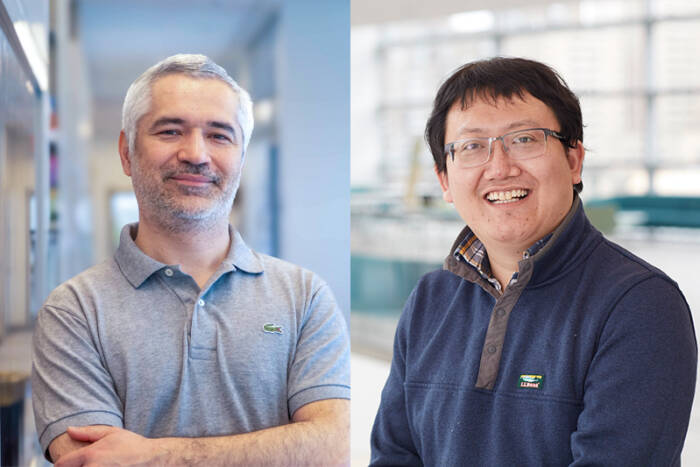Yang Luo
B.A., Mount Holyoke College
A Genetic-Proteomic Approach to Identify Cellular Components That Interact with HIV-1
presented by Mark Muesing
Yang Luo came to the United States from Wuhan, China in 1997, attending Mount Holyoke College on a full scholarship. There she attained high honors in chemistry, graduating in three years summa cum laude. Yang first came to my lab as a winter intern from Mount Holyoke and then returned to my lab at the Aaron Diamond AIDS Research Center as a Rockefeller University doctoral student in 2000. Her thesis work, entitled “The Genetic-Proteomic Approach to Identify Cellular Components That Interact with HIV-1” was by definition really a blue-sky project — a project with high rewards but not without significant risks. However, she liked the idea and made me believe that it could work, pursuing it in the lab with great enthusiasm. In the end, her time and investment was well worth the effort. The project entails the recovery and identification of those requisite host cellular proteins that the virus uses during its infectious cycle through the target cell. Since the HIV genome is small and encodes only a handful of viral proteins, it must rely on aspects of the cellular machinery to coordinate its activities, the eventual goal of the virus being complete control of the cell. In other words, and as Yang aptly states, in a genomic sense, HIV is living large on a small budget, something a graduate student in New York City can easily appreciate.
Yang was able to establish a genetic system by which unique viruses could be selected from a large library, that each incorporate a potent antigenic or biochemical tag, but yet remain fully replication competent in culture. In turn, she used this select panel of viruses to recover and identify host cofactors specific for each tag viral protein. Since these tag viruses are viable it is likely that all the interactions made by the wild-type virus are recapitulated in the tag virus. This project was demanding, requiring the growth of at least a liter of infectious material for each recovery and the expertise of the Chait and Rout labs here at Rockefeller University to decipher the identity of those cellular cofactors purifying the tag viral protein. To date, this new technology has allowed the identification of not just single host proteins, which most other technologies do, but the recovery of large assemblages of cellular proteins in complex with each specific viral protein. Although some of these host proteins have been identified and are already known to science, most were not. We are excited with this approach and going forward I’m sure that Yang’s work provides a foundation for several new discoveries of how the virus lives in its molecular world.
She does plan to continue some aspects of her project as a postdoc with Ileana Cristea, who is going to be at Princeton University later this year. Although leaving soon for Princeton, Dr. Cristea is currently here at Rockefeller in the Chait lab and is really a driving force and our principal collaborator on the new technologies Yang used for doctoral work. Finally, I want to mention that Yang’s mother is here from Central China, to stay with Yang over the past few months while Yang was busy writing her thesis and preparing for her defense. She is not only a chemist from China but also a cook of great talent, preparing lunches and dinners for Yang through this trying period of her life — so nice. Part of the thesis credit should surely go to her. We are very proud of Yang indeed and wish the very best for her in the future.



